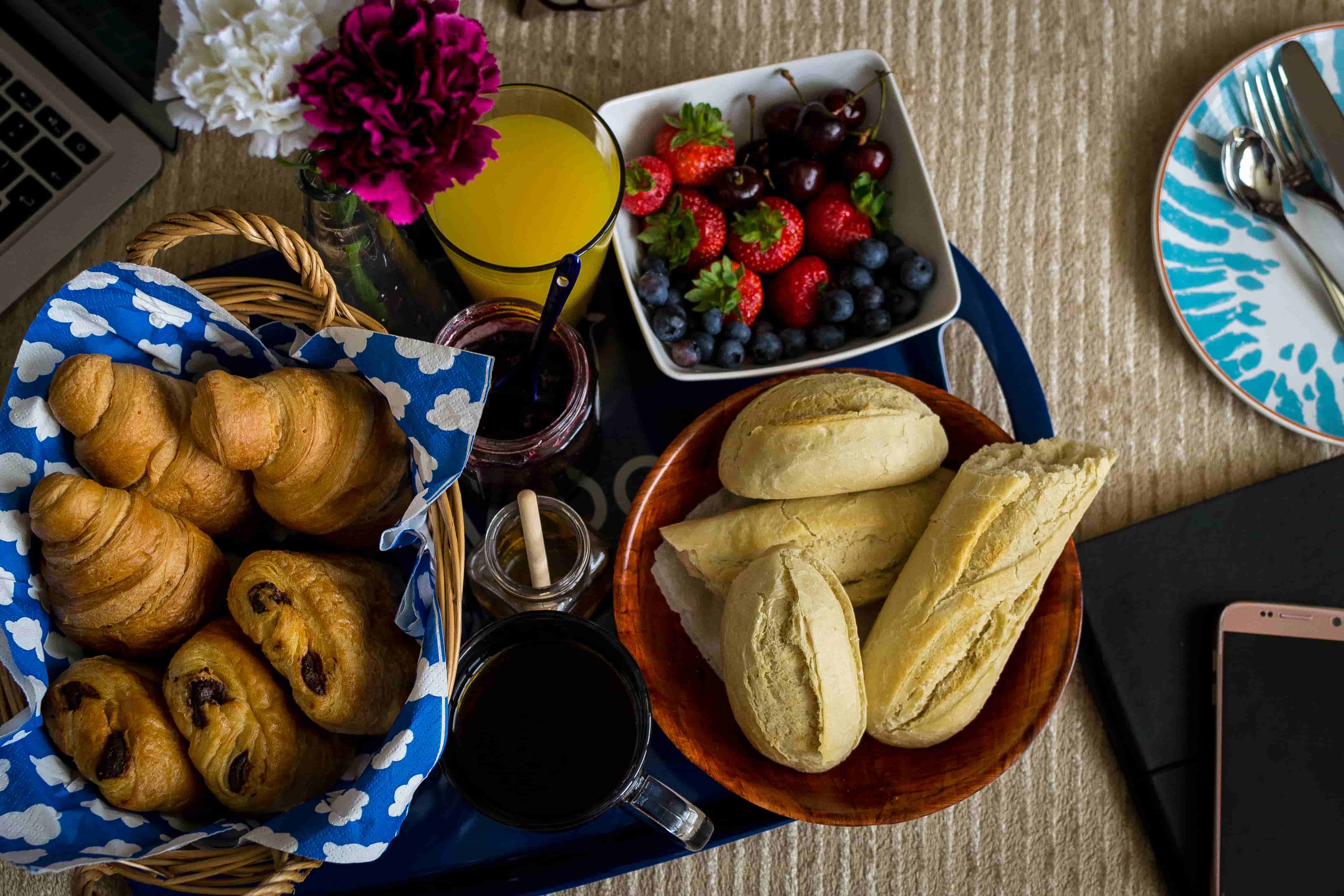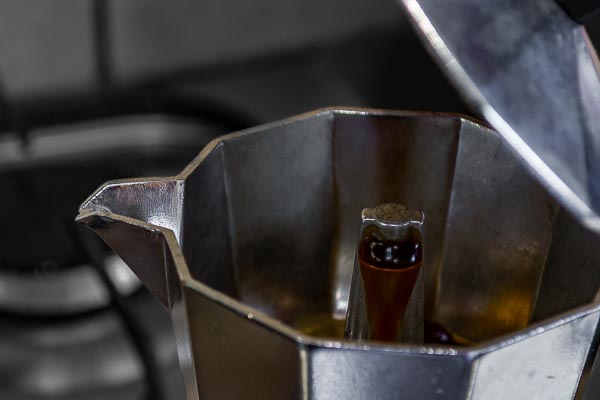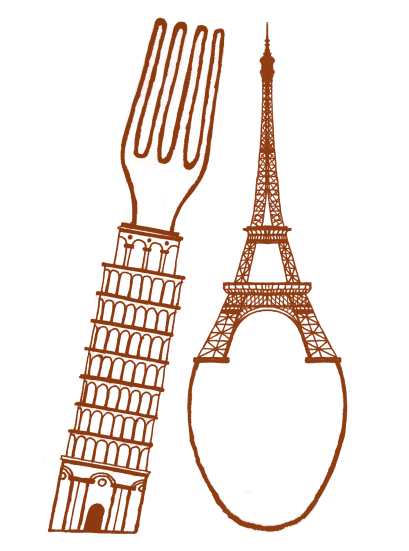À la cafétéria - a lesson on what are cafés like in France and how popular they are. In this lesson, you will also learn how to use the polite form (Vous) when ordering a coffee in France.
France, especially Paris is very well known for its numerous cafés that extend their seating on pavements of some of the most beautiful streets. The idea is to have breakfast and at the same time see the world go by and observe the hustle and bustle happening on the streets at the time.
Same as the Italians, the only time the French have a large milky coffee is during the mornings. They usually have a bowl rather than a cup and enjoy dunking their baguettes and tartines. This is only done in their kitchens at home because as soon as they are out and about, the vast majority of French people would go for un café or an espresso.
If you’re out and about in France for breakfast, I suggest you go and have breakfast at one of the cute cafés in France. A French breakfast usually would entail a café au lait, a glass of fresh orange juice, a tartine and some pastries, mainly croissants. If you’d like more detailed information on a French breakfast, have a look at le petit déjeuner.
Depending on the time you go and have your breakfast, there might not be a menu, however, do not panic as there's not a huge variety to choose from. Apart from the café au lait and the café, the other main drinks are le café grand (café crème), which is an espresso topped up with steamed milk and foam, le café allongé; a watered-down espresso, which is the closest thing to an americano and finally le café noisette, which is an espresso with a drop of hot milk.


Using the polite form in French - 'Vous' (you)
There are different situations as to when to use the polite form in French. The most common situations are:
- how well acquainted you are with the person. If the person is an acquaintance or a stranger, then you definitely need to use the polite form.
- the age of the person you're interacting with. If there is an age difference, especially if the person is older than you, the polite form is more appropriate.
- the formality of the context of the conversation. If the conversation is between a boss and their employee, a Headteacher and a student, etc. In these cases, the polite form is best.
Exemples:
- Monsieur, avez-vous besoin d'assistance? (Do you need help, Sir?)
- Madame, vous avez choisi? (Are you ready to order?)
Now that you know better the basics of when to use the polite form, have a read through the dialogue on the worksheet attached below and underline the polite form. Then, practice with the exercise.
